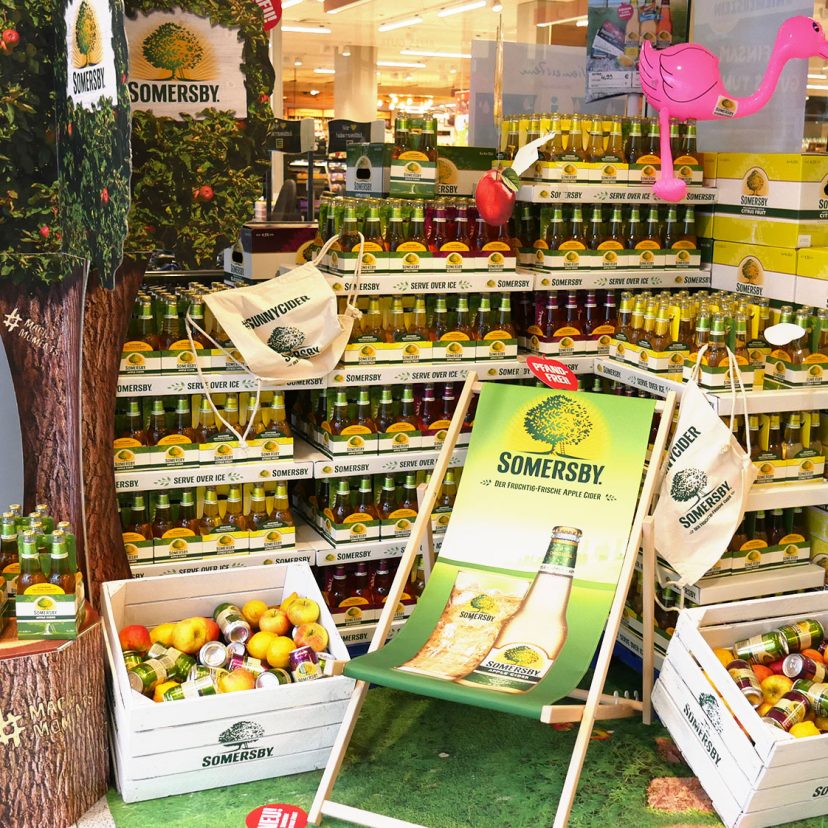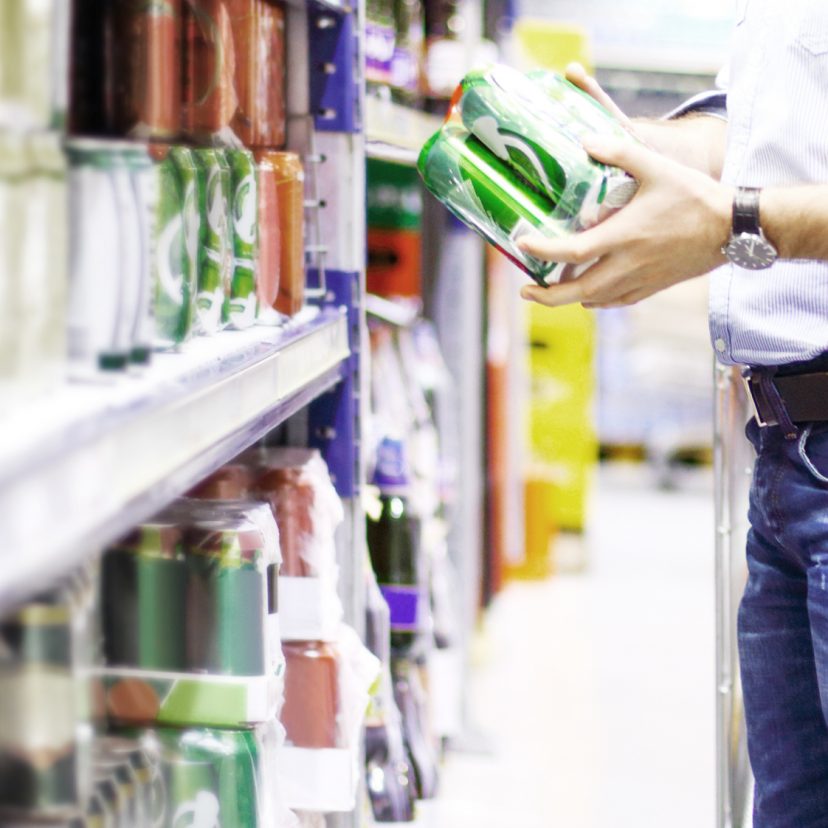Digitalisation is changing our world. Manufacturers and agencies are both faced with new challenges. However, despite all these new developments and increasing technical possibilities, the central questions remain the same: Who do I want to reach and what do I want to achieve? The answers to these questions determine what blend of technology and psychology is applied to reach the goal.
Retail trade is dead, long live point of sale?
Online trade is placing more and more pressure on stationary retailers. Shoppers can find out about anything they are interested in and order it directly – 24 hours a day and 7 days a week. Does that make stationary retailers obsolete? No, it doesn’t. However, the main challenge here is to make the POS visible and tangible as a source of experience and competence.
This can succeed when all activities focus on direct availability of the product, personal contact or a memorable shopping experience. According to the study “Zukunft des Handels” – The Future of Trade – (2014, eBay), the people interviewed assessed the future role of retail trade as follows: 79% want to buy things they can take home immediately, 72% want to be able to touch the products and try them out, and, last but not least, 71% of the interviewees want to be inspired by retail outlets and to have a look around. All of these are added benefits which make a walk to the shopping centre or mall worthwhile.
In addition to the increasing importance of online trade, stationary trading has the unique opportunity to stay in existence if it is linked to online trade in an omni-channel approach. During the customer journey, the local retailer takes on new tasks such as “showrooming” or virtual changing rooms, offering many more touchpoints than just collection, exchange or payment.
Significance of the POS in the current marketing mix
Properly used in the marketing mix, the POS is always a destination where brands and products come together with shoppers. POS campaigns can be used to increase sales or build the image / brand, but digitalisation augments options and requirements alike.
Technologies applied for brand or product experience range from displays including brochures, or the classic staffed promotion campaigns, right through to a glass of wine and virtual reality goggles that take you on a trip to the vineyard. It is essential to keep an overview here.
Goal: Sales
If sales are to be stimulated, the technology applied must be suitable for the mass market, as with displays and projections, including QR codes. In this way, the utilisation of old and new technologies at the POS will make the requested information available quickly and easily. This is particularly useful for products requiring intensive consultation – such as entertainment electronics and telecommunication devices, because in this field customers want to obtain detailed information before they buy. They decide what information they need and are able to find it quickly and easily. This facilitates the buying decision.
Goal: Image building
Digital aids such as displays or virtual reality at the POS provide transparency and a very special brand experience. In this context, the POS acts as a tool for differentiation using the power of the brand. The selected technologies should be more innovative and, in combination with the campaign concept, inspire the shopper. At the same time, using the technology of tomorrow at the POS, the provider can sharpen his brand image, stand out from the competition and add value to the shopping experience.
Current technologies at the POS
Andreas Ligendza, Creative Director at the Hamburg-based POS agency STEIN, explains: “Using technologies at the POS means keeping the balance between what’s possible and what’s useful.” The following table is an overview of traditional and new technologies which help achieve the target at the POS:

When using a technology at the POS that is not widely distributed, such as augmented reality or virtual reality, a permanently installed device along with assistance or trained personnel is recommended. In this way, access barriers are demolished, making way for a special brand experience. Experience shows that the more of their own initiative the customer has to show in downloading software or apps, the lower the probability is that they will use the technology offered.
Conclusion: Technology mix is what counts at the POS
The most effective solution at the POS is a combination of various technologies. Target groups are usually made up of different age groups with varying media knowledge and information needs. Andreas Ligendza, from the STEIN POS agency in Hamburg, speaks from experience when he says: “A mix of established and new technologies not only creates complete brand worlds and brand awareness but also meets shoppers’ needs. This also includes information on demand and being up-to-date.” Technology that can be handled intuitively, is familiar, blends seamlessly into the shopping experience and avoids obstacles is a must.
Checklist for technology utilisation at the POS
What do I want to achieve at the POS?
- Image building or strengthening: innovative technologies contributing to differentiation.
- Sales increase: technologies suitable for the mass market that don’t require much explanation.
Who is my target group and how do they shop?
- What does the target group expect at the POS?
- Information
- Innovation
- Advice
- Live experience
- How do they shop and how can I convince them of the product?
- What role does the POS take in the buying process?
- Does the target group want as much information as possible to make a comparison at the POS?
- Does the target group have a great affinity for technology?
Yes: application of new, complex technologies (such as iBeacon), because the inhibition threshold for using devices or downloading apps is low.
No: application of established, easily understandable technologies (such as screen, tablet), because the inhibition threshold for using devices and downloading apps is high. Alternatively: the deployment of personnel is recommended.




